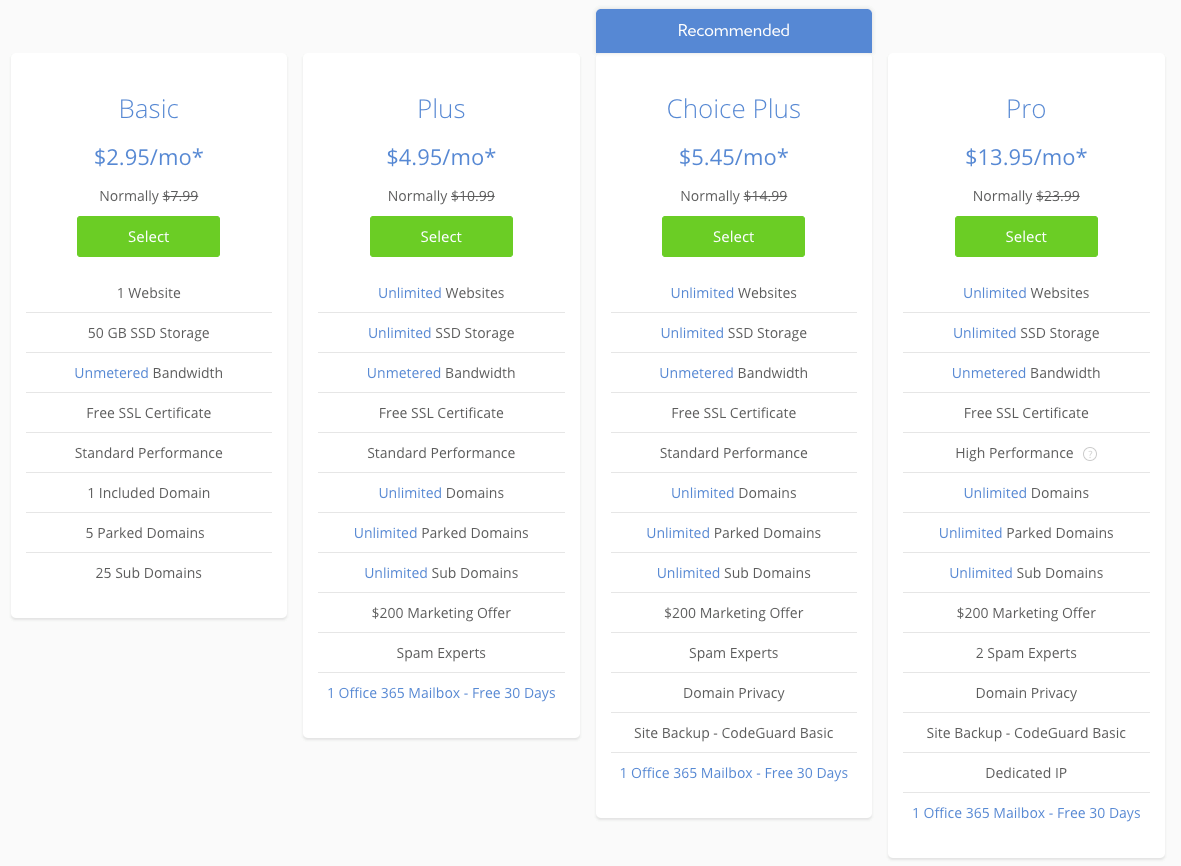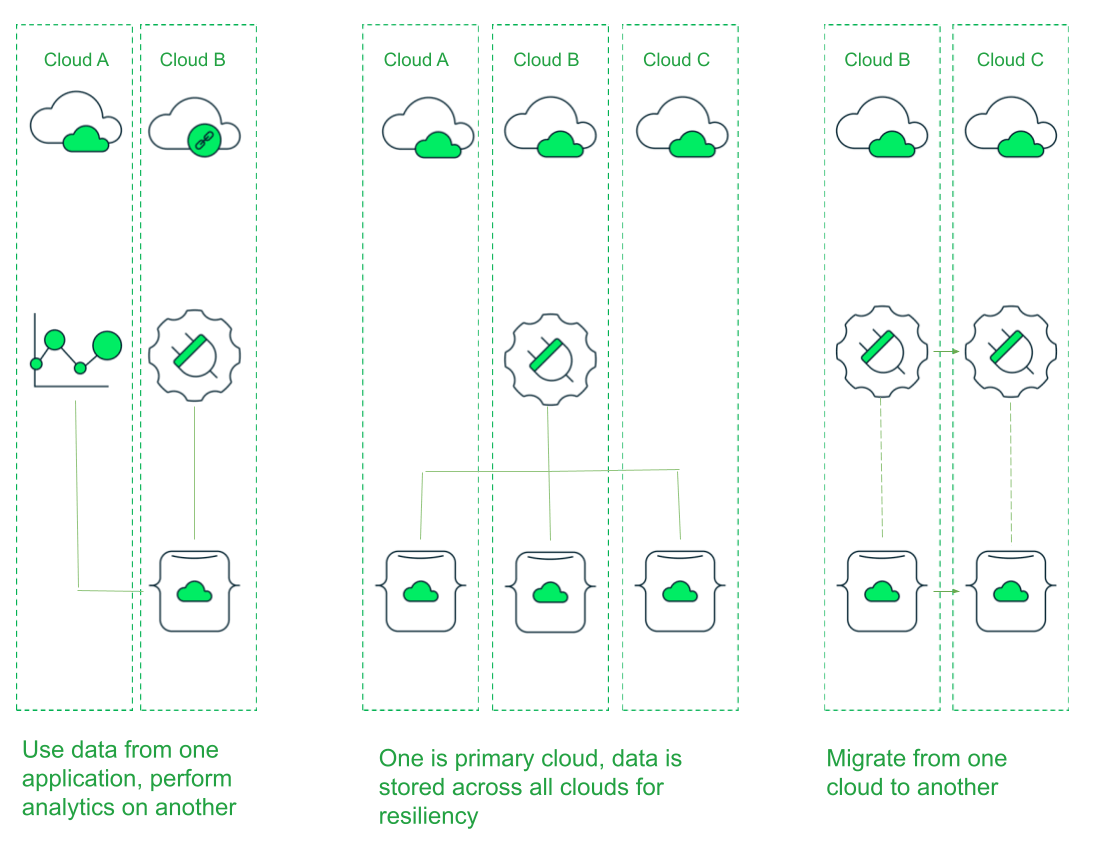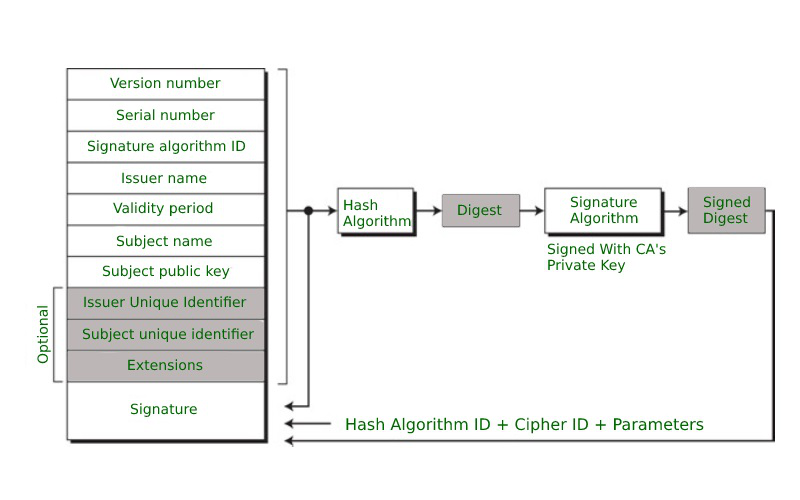
A load balanced diagram shows a network with application servers. Each server is provisioned to have a specific weight or power. Clients request an application to the most powerful server. Three application servers are equivalent in power. Two of these servers can handle a client request for an application, while the third server is twice as powerful. Clients will request data from the same application servers, but requests will be routed towards different servers.
Hashing algorithm
A Load balancer diagram shows a process in which requests are routed to healthy servers based on their IP addresses. Load Balancing uses the Hashing algorithm. The Hashing algorithm generates a requestId, which uniquely identifies each client request. The hashing results are used to send the request to the appropriate server.
Distributed systems use hashing to evenly map requests between all servers in a group. The cluster will need to do less work every time a ring is changed by keeping the hashing constant across all nodes.
Connection multiplexing
Connection multiplexing allows traffic to be distributed to multiple servers using one of many common methods. The load balancer selects the correct service for a client when they request it. An ADC must track both the initial connection as well as any follow-on traffic initiated by the client to accomplish this task. This is an important task because follow-on traffic can have two problems: persistence and connection maintenance.

In a load balancer diagram, connection multiplexing can be achieved by multiplying the total number of connections with the number of servers. Each server has an assigned port and an IP address. A client can request a service from the load balancer. The load balancer will then receive the request and rewrite it to include the destination IP addresses of the virtual servers.
SSL tunnel
SSL passthrough can be used to configure SSL in a loadbalder. It makes it easier to manage certificates because all encryption work and decryption work is done on the loadbalancer. SSL passthrough ensures secure traffic between the loadbalancers' backend servers. However, SSL passthrough can expose customer information to other network instances. It is best for networks with less security.
SSL passthrough consumes more CPU cycles and increases operational costs. This method is not suitable to high traffic deployments. It also does not support the creation of access rules, sticky sessions, or redirects. It is therefore only suitable for small-scale deployments.
Network server load balancer
A load balancer is a network device that rewrites packets to make them reach their destination. A load balancer can handle different types of traffic depending on the source IP address. Multiple servers are involved in load balancing. The first server acts a "frontend", receiving traffic from the Internet and forwarding it to the second server. The second server is a "backend" that answers clients' questions.
The load balancer may be a physical appliance or a virtual software-based device. If one server goes down, the load balancing will redirect the user's requests to the appropriate servers. Likewise, it will transfer requests automatically if another server is added.

Kubernetes load balancer
Diagram of Kubernetes loadbalancing shows how each pod handles requests and the other handles responses. The problem with this approach is the inability to account for persistent connections. This means that the application should implement load balancing on the client side. Luckily, there are a number of solutions for this issue, including kube-proxy and iptables. These solutions are not intended to address specific application requirements and are limited to common deployment scenarios.
In Kubernetes, each Pod can have its own IP address. In the above diagram, each red Pod sends requests to a service with a fixed IP address. The controller will then collect the pending Services and allocate them unique IP addresses to deliver incoming packets.
FAQ
How to Create a Static Website
Two options are available when you create your first static web site.
-
A Content Management System (also known as WordPress): WordPress is available as a download. It can be used to create a website.
-
How to Create a Static HTML Website. In this instance, you will need to write your HTML/CSS codes. If you have a good understanding of HTML, this is not difficult.
If you plan to build a large website, you may want to consider hiring an expert to create your static website.
However, it is a good idea to start with option 2.
Can I create my own website with HTML & CSS?
Yes, you can! It's possible! You need to have basic knowledge in web design and programming languages, such as HTML (Hyper Text Markup Language), CSS and Cascading Style sheets (Cascading CSS Sheets). These two languages make it possible to create websites accessible by all who have an internet connection.
How do I choose a Domain Name?
It is important to pick a quality domain name. People won't know where to go if they don't have a good domain name.
Your domain name should be concise, memorable, unique, relevant, and easy to remember. In order to make your domain name memorable, people should be able to type it into their browsers.
Here are some tips to help you choose the right domain name.
* Use keywords related your niche.
* Do not use hyphens (-), numbers or symbols.
* Don't use.net or.org domains.
* Don't use words that have been used before.
* Try to avoid generic terms like "domain" or "website."
* Check it's always available.
How do you create a free website.
This depends on what kind of website you're trying to create. Are you looking to sell products, build a website, or create a portfolio online?
It's possible to make a website that is essential using HTML and CSS. While it's possible to create a simple website using HTML and CSS, most web developers recommend using a WYSIWYG editor such as Dreamweaver or Frontpage.
Hire a freelance web developer if your skills are not in-depth. They can help you create a custom website based on your needs.
Freelance developers can charge either an hourly or a flat fee. The amount of work they do within a certain time frame will affect the cost of hiring a freelancer.
For example, companies may charge 50-100 dollars an hour. You'll usually get higher rates for larger projects.
There are many websites that list jobs available for freelancers. You can also search on those websites before you reach out to developers.
What Is Website Design Software?
Website design software is used by graphic artists, photographers, illustrators, writers, and others involved in visual media to create webpages and other digital materials.
There are two types of website design software available: cloud-based and desktop apps. Desktop apps can be installed on your local computer. They also require that you install additional software. Cloud-based solutions can be hosted remotely over the internet. They are ideal for mobile users as they don't require additional software.
Desktop Applications
Although desktop applications are more powerful than those offered by cloud-based services, they may not be necessary. Some people prefer to work exclusively from a desktop app because they find it more convenient. Others prefer the same tool, no matter if they are using it on a mobile device or a laptop.
Cloud-Based Solutions
A cloud-based solution is a good choice for web designers who are looking to save money and time. These services let you edit any type or document anywhere you have an internet connection. This allows you to use your tablet while waiting for your coffee maker to brew.
If you decide to go with a cloud-based service, you'll still need to purchase a license for the program. You won't need to purchase additional licenses if you upgrade to a later version.
These programs can be used to create web pages, if you have Photoshop, InDesign or Illustrator.
What is a UI developer?
A user interface (UI), designer is responsible for designing interfaces to software products. They are responsible to design the layout and visual elements for an application. Graphic designers can also be included in the UI design team.
The UI Designer should be a problem solver who understands how people use computers and what makes them tick.
A UI designer should have a passion for technology and software design. From developing ideas to implementing them into code, a UI designer must be able to comprehend all aspects of the field.
They should be able use a variety of tools and techniques to create designs. They should be creative thinkers and be able to solve problems using innovative solutions.
They should be organized and detail-oriented. They should be able create prototypes quickly and efficiently.
They should be comfortable working alongside clients large and small. They must be capable and willing to adapt to new situations and environments.
They should be able and willing to communicate effectively with others. They must be able express themselves clearly and concisely.
They should be well-rounded people with strong communication skills.
They should be highly motivated and driven.
They should be passionate about their craft.
Statistics
- The average website user will read about 20% of the text on any given page, so it's crucial to entice them with an appropriate vibe. (websitebuilderexpert.com)
- It's estimated that chatbots could reduce this by 30%. Gone are the days when chatbots were mere gimmicks – now, they're becoming ever more essential to customer-facing services. (websitebuilderexpert.com)
- Studies show that 77% of satisfied customers will recommend your business or service to a friend after having a positive experience. (wix.com)
- It enables you to sell your music directly on your website and keep 100% of the profits. (wix.com)
- Did you know videos can boost organic search traffic to your website by 157%? (wix.com)
External Links
How To
How can you tell which CMS is better?
In general, there is a choice between two types Content Management System (CMS). Web Designers choose to use Dynamic CMS or static HTML. The most popular CMS is WordPress. Joomla is a great CMS to use if you want your website to look professional and well-organized. You can create any kind of website with Joomla!'s powerful open-source CMS. It's easy and quick to install. Joomla has thousands of pre-made templates and extensions that can be used to create your website. Joomla is easy to use and free to download. Joomla is an excellent choice for your next project.
Joomla is a powerful tool that makes it easy to manage all aspects of your website. It provides features such as a drag & drop editor, multiple template support, image manager, blog management, a news feed, eCommerce, etc. All these features make Joomla a good choice for anyone who wants to build their website without spending hours learning how to code.
Joomla supports all devices. This makes it possible to easily develop websites for various platforms.
There are several reasons why people prefer Joomla over WordPress. There are several reasons that Joomla is preferred over WordPress.
-
Joomla is Open Source Software
-
Easy to Install and Configure
-
There are thousands of ready-made templates and extensions
-
It's free to download and use
-
All Devices Are Supported
-
Powerful Features
-
Excellent Support Community
-
Very Secure
-
Flexible
-
Highly Customizable
-
Multi-Lingual
-
SEO Friendly
-
Responsive
-
Social Media Integration
-
Mobile Optimized